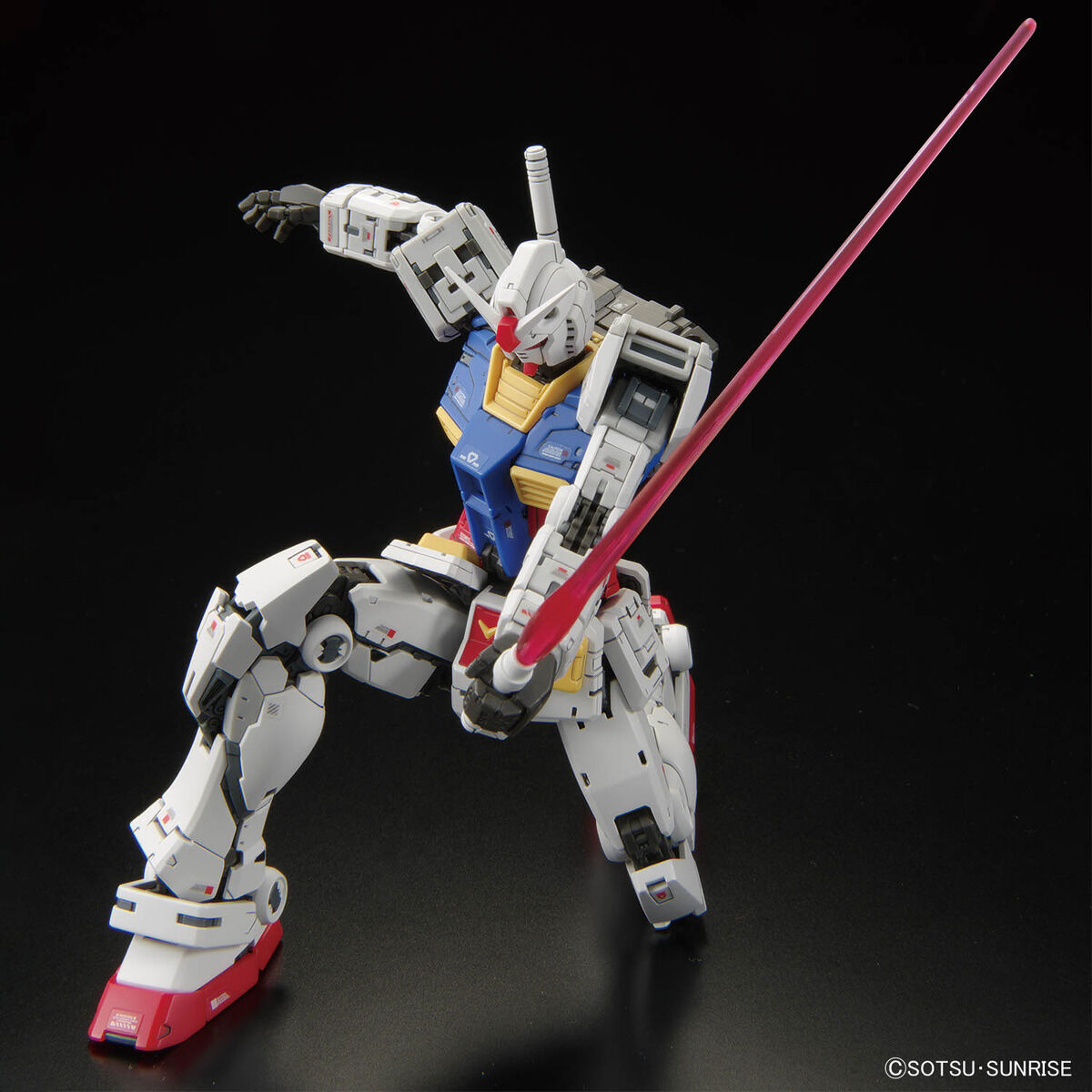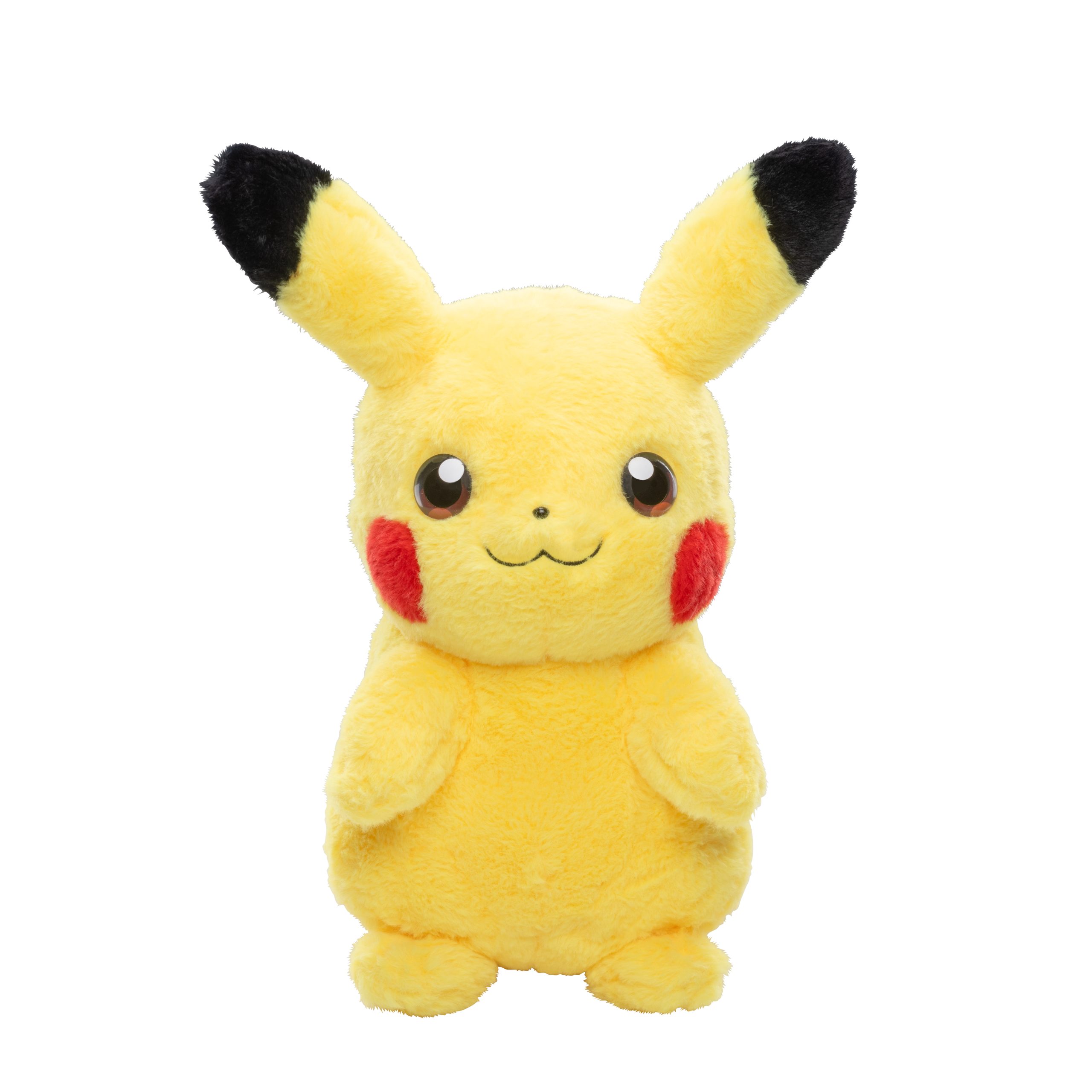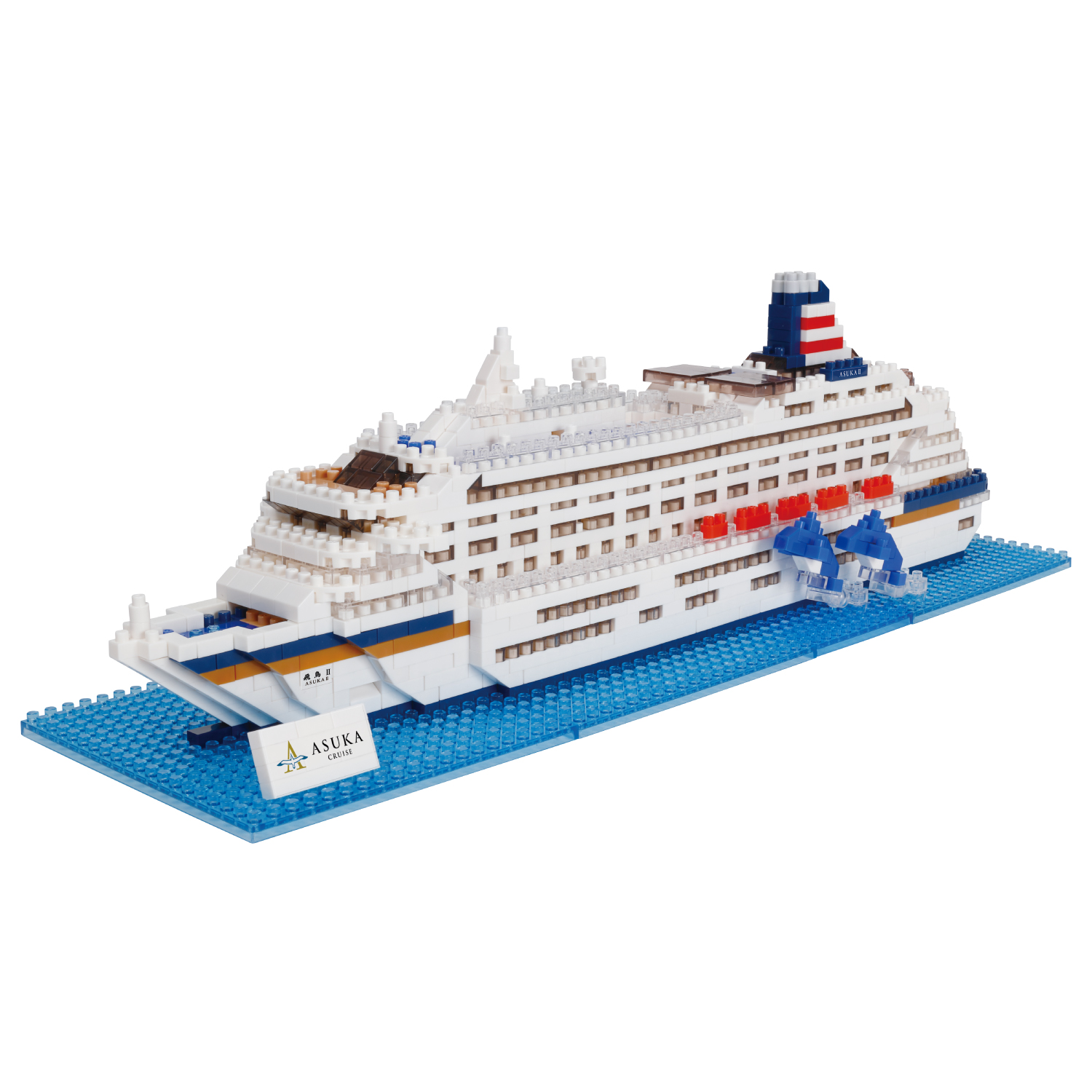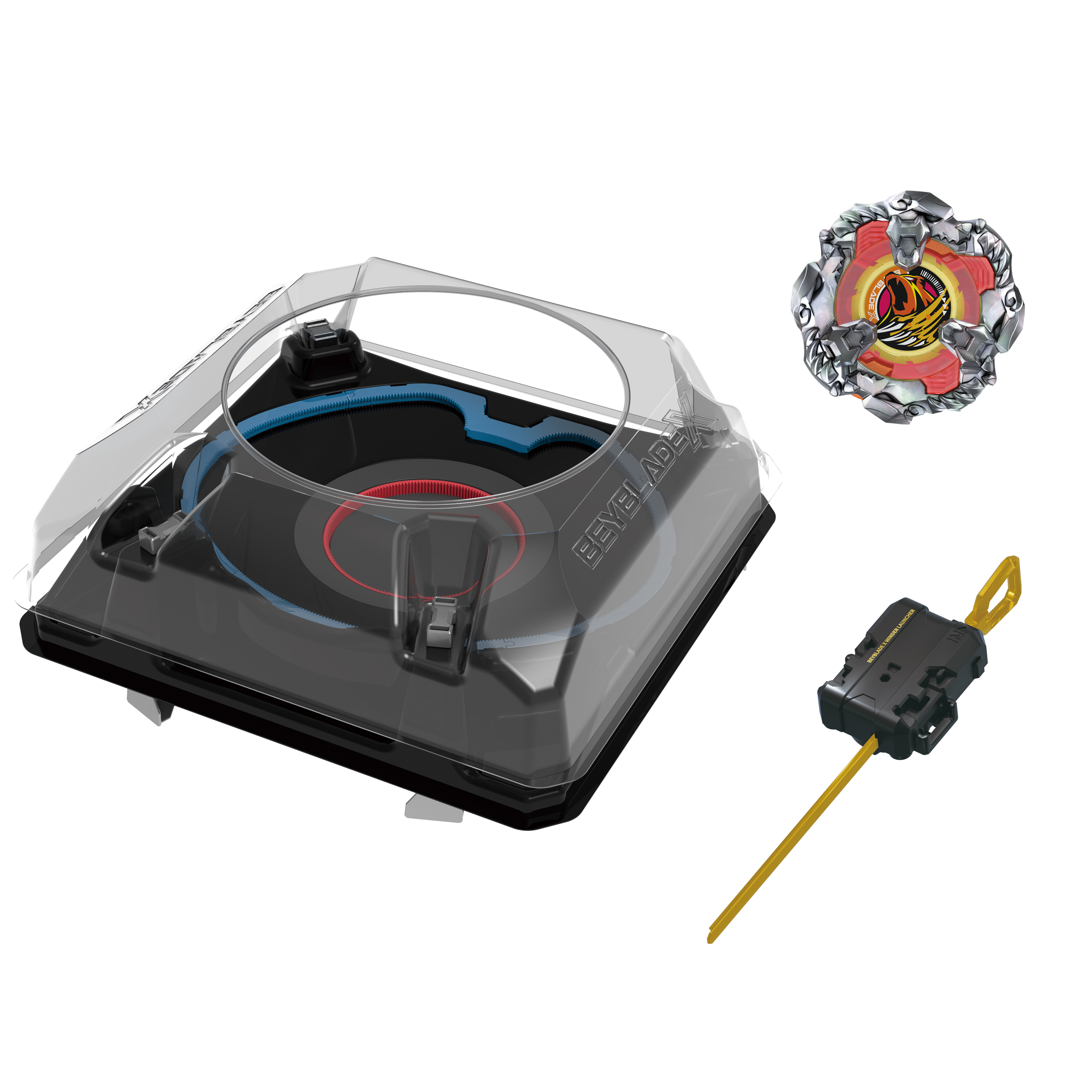Current events
(Hanoi, Hue) Toys Exhibition OMOCHA – Japanese Toys Today
Toys Exhibition
OMOCHA
Japanese Toys Today

Information:
1) Hanoi
| [Duration] | November 14 – December 15, 2025 |
| [Opening Hours] | 10:00 – 19:00 (Open daily) |
| [Venue] | AEON HALL, 3rd floor
AEON Mall Long Bien (27 Co Linh Street, Long Bien Ward, Hanoi) |
| [Admission] | Free |
2) Hue
| [Opening Event] | 10:00, December 23, 2025 (Tue) |
| [Duration] | December 23, 2025 – January 11, 2026 |
| [Opening Hours] | 10:00 – 19:00 (Open daily) |
| [Venue] | AEON Mall Hue (8 Vo Nguyen Giap Street, An Cuu Ward, Hue City) |
| [Admission] | Free |
71 Icons of Joy, Imagination, and Innovation from Japan
From miniature craftsmanship to futuristic robots, Japan’s toys reflect more than just play. They embody the nation’s boundless imagination, attention to detail, and joy in creativity.
This November, the Japan Foundation invites audiences in Vietnam to rediscover the heart of Japanese play culture through OMOCHA: Japanese Toys Today, a traveling exhibition that celebrates 71 of Japan’s most iconic toys. OMOCHA – Japanese Toys Today is also a newly-formed travelling exhibition by the Japan Foundation, and Vietnam has been chosen to become the first country to showcase this wonderful world of modern toys. The exhibition will open at AEON Mall Long Bien, Hanoi on November 14, 2025, and will travel to AEON Mall Hue on December 23, 2025.
For generations, omocha, the Japanese word for “toys,” have connected people across ages and eras. From simple handmade dolls of the Edo period to transforming robots and digital games that inspire global fascination, Japanese toys reveal how play can nurture curiosity, empathy, and creativity.
In Vietnam, where the young generation is increasingly drawn to Japanese pop culture such as anime, manga, design, and technology, this exhibition offers a new perspective on the spirit behind these trends: the culture of play that unites innovation with emotion.
Organized by the Japan Foundation in cooperation with leading toy manufacturers and the Japan Toy Culture Foundation, this is the first large-scale international showcase dedicated to contemporary Japanese toys. Visitors can explore seven thematic sections, each presenting a different aspect of Japan’s toy culture:
Section 1: Transformable Toys – Created Through Advanced Technology
Section 2: Character Toys from Japan
Section 3: Super-Miniature Elaborate Toys
Section 4: Aspirations, Comfort, and “Kawaii” Toys
Section 5: The Evolution of Vehicle Toys
Section 6: Fun and Thought-Provoking Analog Toys
Section 7: New Digital Toys
Through vivid displays, interactive materials, and cultural stories, OMOCHA – Japanese Toys Today invites visitors of all ages to rediscover the wonder of play and imagination — and to experience how toys can embody both artistry and the soul of a culture.
We hope this exhibition brings you closer to the joyful, creative heart of Japan — one toy at a time.
■ For inquiries on the program, please contact:
Ms. Linh 024-3944-7419 (ext. 115) / Mr. Osuka (070-513-7550)
The Japan Foundation Center for Cultural Exchange in Vietnam
27 Quang Trung, Cua Nam ward, Hanoi, Vietnam TEL 024-3944-7419
https://www.facebook.com/japanfoundation.vietnam/ https://hn.jpf.go.jp/
■ Credits
Organized by: The Japan Foundation Center for Cultural Exchange in Vietnam
Co-supported by: AEON MALL Long Bien, AEON MALL Hue
Special Cooperation: The Japan Toy Culture Foundation
Cooperation: The Toy Journal
Special Thanks: The Japan International Doll and Toy Research Association
■ Exhibition Content
Section 1: Transformable Toys – Created Through Advanced Technology

RG 1/144 RX-78-2 GUNADM Ver. 2.0
©SOTSU SUNRISE
Shinkansen Henkei Robo Shinkalion, which has been on the market since 2015, is popular with Japanese children, who love bullet trains. The Transformer series of toys, released around 1975, became a huge hit. The transforming and combining of weapons and large-scale mecha are also a central feature in the Super Sentai series—which celebrated its 50th anniversary in 2025—that impresses even adults. They are also seen in everyday life in furniture and household tools—in how the different parts rotate and slide to transform, combine, and snap together. These transformation
mechanisms are an embodiment of Japanese culture, in which individual qualities are utilized, and at times come together to cooperate as one, activating a completely new function.
Section 2: Character Toys from Japan

Pokémon at home PIKACHU
©Nintendo・Creatures・GAME FREAK・TV Tokyo・ShoPro・JR Kikaku ©Pokémon
The TV series Ultraman, which first aired in 1966, went on to inspire Ultraman Tiga for its 30th anniversary and Ultraman Mebius for its 40th, with many toys released based on the kaiju (monsters) featured in the series. Doraemon began as a manga series in 1969, and its goods soon extended beyond toys to include school supplies and everyday items. Anpanman too began as a TV series in 1988, and it was later recognized by Guinness World Records for having the largest number of characters in a single animated series. Pokémon became widely known to the public through its TV anime series, which began broadcasting in 1997, while the Pretty Cure series, as with the Sailor Moon TV series, gained popularity through a wide variety of toys such as accessory sets and compacts. These iconic Japanese characters continue to inspire the affections of children and adults alike through the world of toys.
Section 3: Super-Miniature Elaborate Toys

nanoblock M.S. ASUKAⅡ
©NYK CRUISES CO.,LTD.
nanoblock®, a series of toys released in Japan in 2008, has introduced a wide variety of sets that are fun to build, display, and collect, from various instruments to vehicles, buildings, bonsai (Japanese art of growing miniature trees in pots), and more. There is now even a nanoblock® specialty store.
During Japan’s Heisei era (1989-2019) came a resurgence in the popularity of Showa era (1929-1989) retro culture, sparking a wave of nostalgia among adults. In 2002, the first set of the Petit Sample series, themed around a traditional Japanese restaurant, was released, followed by a wide variety of themed sets, including a family restaurant, local dessert shop, Chinatown, conveyor-belt sushi restaurant, a cross-country tour of ekiben (Japanese train station bento box) , and a nostalgic candy shop. In Japan, these ultra-miniature, elaborate toys are often sold in capsule vending machines, and have become a unique way to discover local charms and tourist attractions.
Section 4: Aspirations, Comfort, and “Kawaii” Toys

Chiikawa Hachiware’s House
©nagano / chiikawa committee
The toys children look up to are not limited to heroes and heroines. The admiration, for instance, extends beyond the dress-up doll Licca-chan herself, to her family—her stylish mother, kind-hearted father, her twin little sisters, and triplet baby siblings—as well as the series’ houses, which reflect the trends and lifestyles of different eras.
Another toy that people aspire to is the Sylvanian Families series, first released in 1985. By 2020, the series had released 100 different animal families—all of them good friends, and a reflection of the strong bonds within Sylvanian Village. A growing number of adults also enjoy displaying them in their rooms or workplaces as a source of joy (and comfort), and the series, celebrating its 40th anniversary as of 2025, is sold in over 70 countries and regions around the world. Since its release in 1974, Hello Kitty has become widely recognized both in Japan and around the world, becoming not only a symbol of Japan’s kawaii (cuteness) culture, but also a comforting presence for many.
Section 5: The Evolution of Vehicle Toys

TOMICA World The Course is extended! 2WAY lively highway
©TOMY
The TOMICA series of miniature Japanese cars was released by TOMY (now TAKARATOMY) in 1970, with popular models in the 1990s centering around luxury cars and recreational vehicles, and in the 2000s, of minivans and various working cars. Eventually, the series also came out with a large toy multi-level parking garage. By 2020, the 50th anniversary of the series, 670 million units of TOMICA had been sold across 20 countries and regions worldwide.
PLARAIL, another TOMY series that was released in 1959, offers mainly various train cars and reversible connecting rails, as well as scenery accessories such as stations, signals, and crossings, and PLARAIL’s elaborate and detailed dioramas are now used to support practical training exercises for railway personnel.
Section 6: Fun and Thought-Provoking Analog Toys

BAYBLADE X BX-37 Double Extreme Stadium Set
©Homura Kawamoto, Hikaru Muno, Posuka Demizu, BBXProject, TV TOKYO ©TOMY
Analog toys captivate both children and adults by combining the timeless appeal of traditional toys with new technologies and trends. When television broadcasting began in Japan in 1953, live baseball broadcasts drew widespread attention. The tabletop baseball game, which was released in 1958, consisted of a 60 cm x 60 cm square board, and allowed players to realistically simulate a baseball match, with springs for launching the ball and a wind-up mechanism for swinging the bat. More than 65 years later, the game—now the Baseball Game 3D Ace Aurora Vision (No.57)—has evolved to utilize various advanced technologies, featuring an LED scoreboard and the ability to pitch balls in nine different directions. BEYBLADE, a popular toy created in 1999 based on beigoma (Japanese spinning tops), sparked a trend in which people would interchange its three parts to enhance their performance.
The simple designs and play styles of analog toys invite children to use their imagination and creativity, with part of their appeal the possibilities for active, creative engagement. It is because of these appealing qualities that analog toys will continue to evolve, even now in the digital age, in ways that reflect contemporary trends.
Section 7: New Digital Toys

Tamagotchi Uni
©BANDAI
Some digital toys are traditional toys that have been enhanced with digital features, while others imitate devices such as computers and smartphones. Tamagotchi Uni (No.64), however, stands out for sustaining its popularity through increased digitalization. Tamagotchi was created in 1996, and has remained beloved by many for its character branding. A new wave of digital pets has also focused on tactile interaction, something the Tamagotchi series has lacked. Released in 2021, Punirunes is a digital pet toy with a hole on the side that users can put their finger into to get the sensation of touching the character shown on the LCD screen. Users raise the pets by petting them through this mechanism, amongst various other activities. A toy that taps into children’s fascination with social media is the #BuzzCam (No.68), a selfie-stick camera that doubles as a tripod. Released in 2023, its ability to shoot and edit videos and photos has made it a hit among children. Engaging with a wide variety of digital features can spark their intellectual curiosity and connect, in the long run, to future society. These digital features seem to increasingly be blurring the boundaries between adult and child, and learning and play.
■ Images for PR and references
Remarks:
For the usage of the following images for your media, please kindly put the credit and information below, and please get the original size of the images at: PR Kit
All photos credit: ©️ Japan Foundation in Vietnam
For individual photo credit, please see at: LINK



